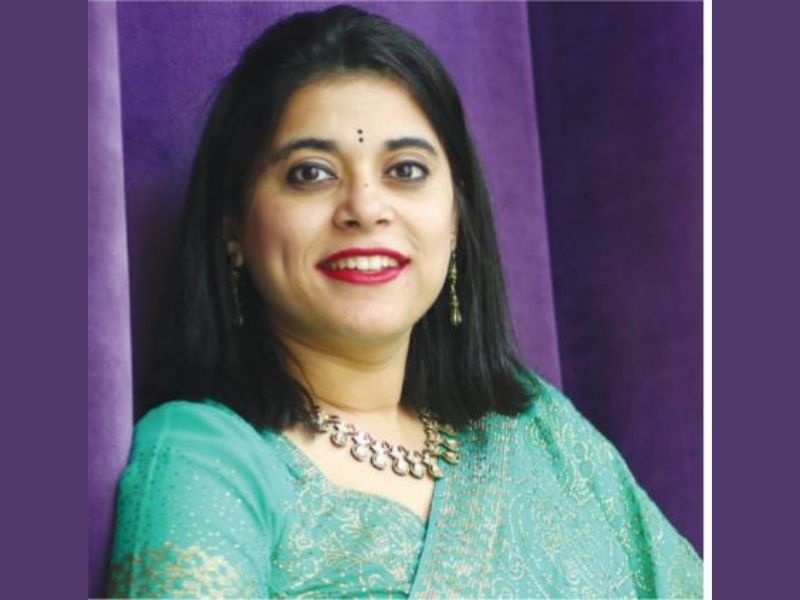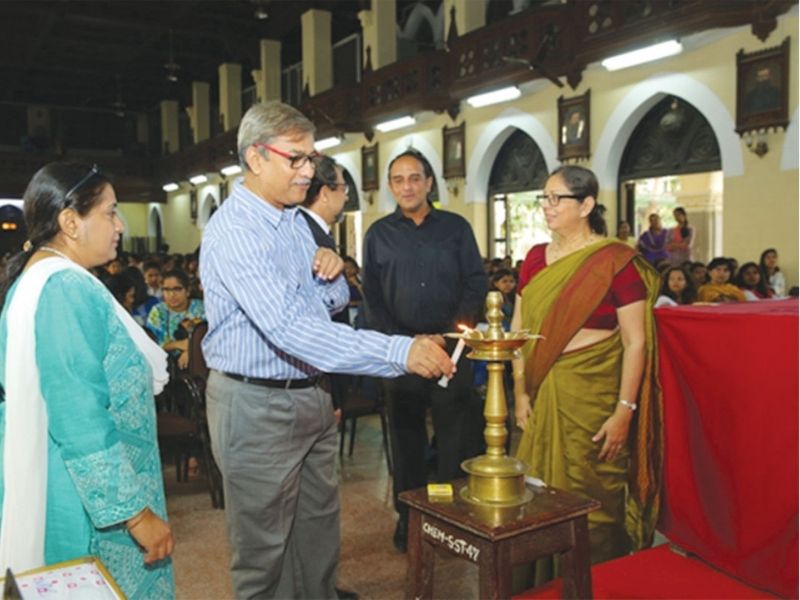Digital Transformation-Overall Digitization Strategy
KNOWLEDGE BEYOND WALLS
Gen Extra Muros is a pedagogy for digital teaching; this is the center point to make digital transformation success. Having digital equipments or digital content will not make digital teaching a success – the way you teach is very important.
Virtual School: Building the Connected Learning Community
In the connected learning community, formal education simultaneously […]









































Social media regulations require wider debate
Though some of the reasons advanced for regulating social media are justified, the new social media guidelines are open to subjective interpretation by petty bureaucrats and policemen – Rahul Singh.
Freedom of expression is recognised AS a fundamental right under Article 19 of the United Nations Universal Declaration of Human Rights, 1948. Indeed, it has always […]